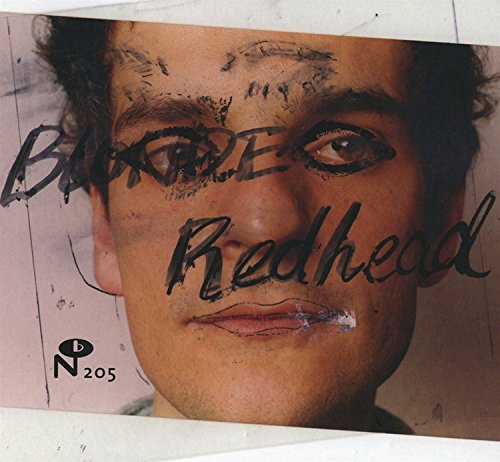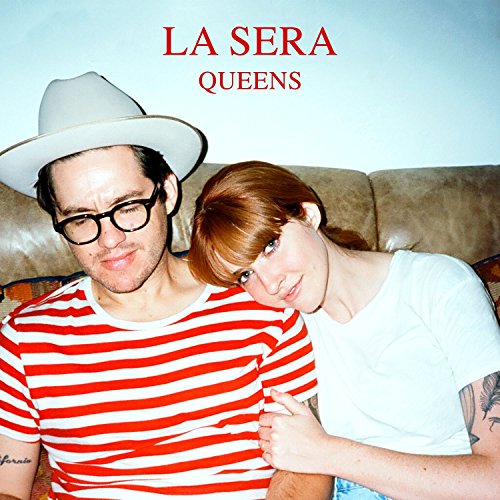Sam Smith: "Don't worry, chums, it's only dolphins being kept in tiny tanks"
Sam Smith has found himself in the middle of a whirlpool after going to SeaWorld in Queensland.
Some of the criticism was, to be fair, misplaced, as people had assumed that he Australian theme park was connected to the American business which keeps orcas in tiny boxes for the entertainment of the paying public.
Sam issued a statement to reassure everyone:
Seaworld Australia and Seaworld America are two very different things. Please remember this guys xSo, that's alright, then, yes?
Well... no.
It's true they're not the same business, but they have the same problem, and simply because the Australian business doesn't have orcas doesn't mean they're alright.
For a start, they keep dolphins in captivity and make them perform for gawking lollygaggers - and that's never an acceptable thing. WDC are unequivocal on this:
Whales and dolphins are highly intelligent animals who want and need to live in complex social groups. In captivity they will usually have been separated from their families, often in cruel hunts and some when they are very young.Sea World Australia also has polar bears - and ZooCheck isn't impressed with that:
Wild whales and dolphins can swim up to 100 miles a day, hunting and playing. In captivity they have very little space and cannot behave naturally. A concrete tank can never replace their ocean home.
Captive whales and dolphins have been trained to perform tricks, day after day, for food as a reward instead of behaving naturally. When not performing, they are often kept in holding tanks smaller than show pools. Confining animals together that may not get on can result in stress and aggression with no possible escape.
Polar bears have long been known as a species that is especially prone to the developmentSo, yes, Sam Smith. It's a very different thing, except in the ways that matter.
of abnormal behaviour patterns in captivity. These usually manifest themselves as
stereotypic pacing, head turning and swimming patterns. Stereotypies are prolonged,
repetititve, apparently purposeless behaviours that do not occur in the wild. They are
usually associated with substandard conditions and poor welfare.
Even zoos with the largest budgets have difficulty keeping polar bears free of stereotypic
behaviours. Sea World San Diego has not been able to stop the development of stereotypies in their polar bears despite spending millions of dollars on their polar bear
exhibit. Sea World Gold Coast Australia has had the same experience.
The Calgary Zoo in
Alberta and the Central Park Wildlife Centre in New York have put polar bears on prozac
to reduce abnormal behaviour patterns.









No comments:
Post a Comment
As a general rule, posts will only be deleted if they reek of spam.